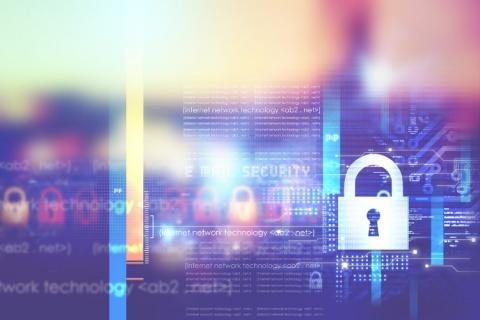Integrity Management: What It Is and How It Can Protect Your Data
In a previous article, I noted that organizations are witnessing a surge in integrity-based attacks targeting their networks. Enterprises can defend themselves against these types of threats by turning to the National Institute of Standards and Technology (NIST) Cybersecurity Framework. They can then pair the risk-based approach with NIST SP 800-53 and other security control catalogs that enable integrity management.








